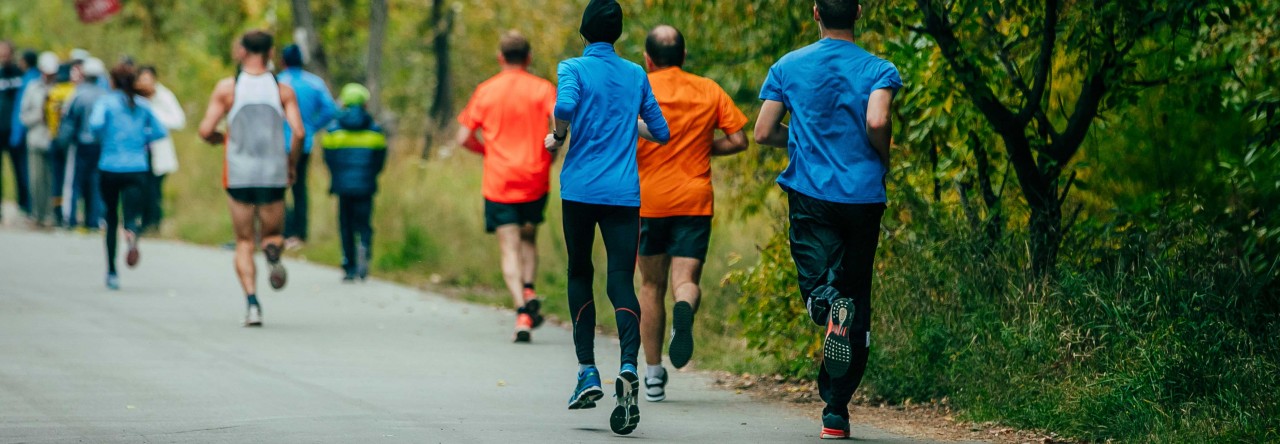
Trust me, you can run faster if you are not flexible, so what is the fuss about flexibility then?!
Here is a feature in our legs to make us bounce off the ground, and the more rigid the legs are the better they spring back up, like a stretched rubber band; however being like that comes with some downfalls. One is the leg muscles get sore more easily as the intensity of workout increases. The second downfall is the smaller range of motion of the joints which can affect the length of strides.
High range of motion at joints is the first benefit of being flexible. The wider the legs can go, the longer our strides can be, meaning a person with more flexible hamstrings should be able to take a distance with less number of strides (efficiency and speed).
Flexible muscles are less likely to face DOMS (delayed onset muscle soreness) , so the training can intensify with less chance of interruption to the training routine due to DOMS. Soreness is actually caused from eccentric contractions. Eccentric contraction occurs when muscles resist against a motion and lengthen while trying to shorten, simple example at running is at landing time when body makes stopping. At this phase leg muscles try to move body away from the ground while the body is still going downwards. The stiffer the leg muscles are for this, the faster they make the runner bounce off the ground however the more likely to get sore, sometimes really bad which can be a huge impediment to train sooner again.
The solution is to have a responsive nervous system to get the legs bounce off quickly as feet touch the ground, while the muscles maintain good level of flexibility.
On soreness, when appears at an area, although is not an injury, it is a simple sign not to stress the area. Pushing through soreness can result in serious injuries. You have to be gentle with sore muscles. Take the next day off or easy or go for alternative training, like cycling (as one without or low eccentric contractions involved), until the symptoms are gone.




